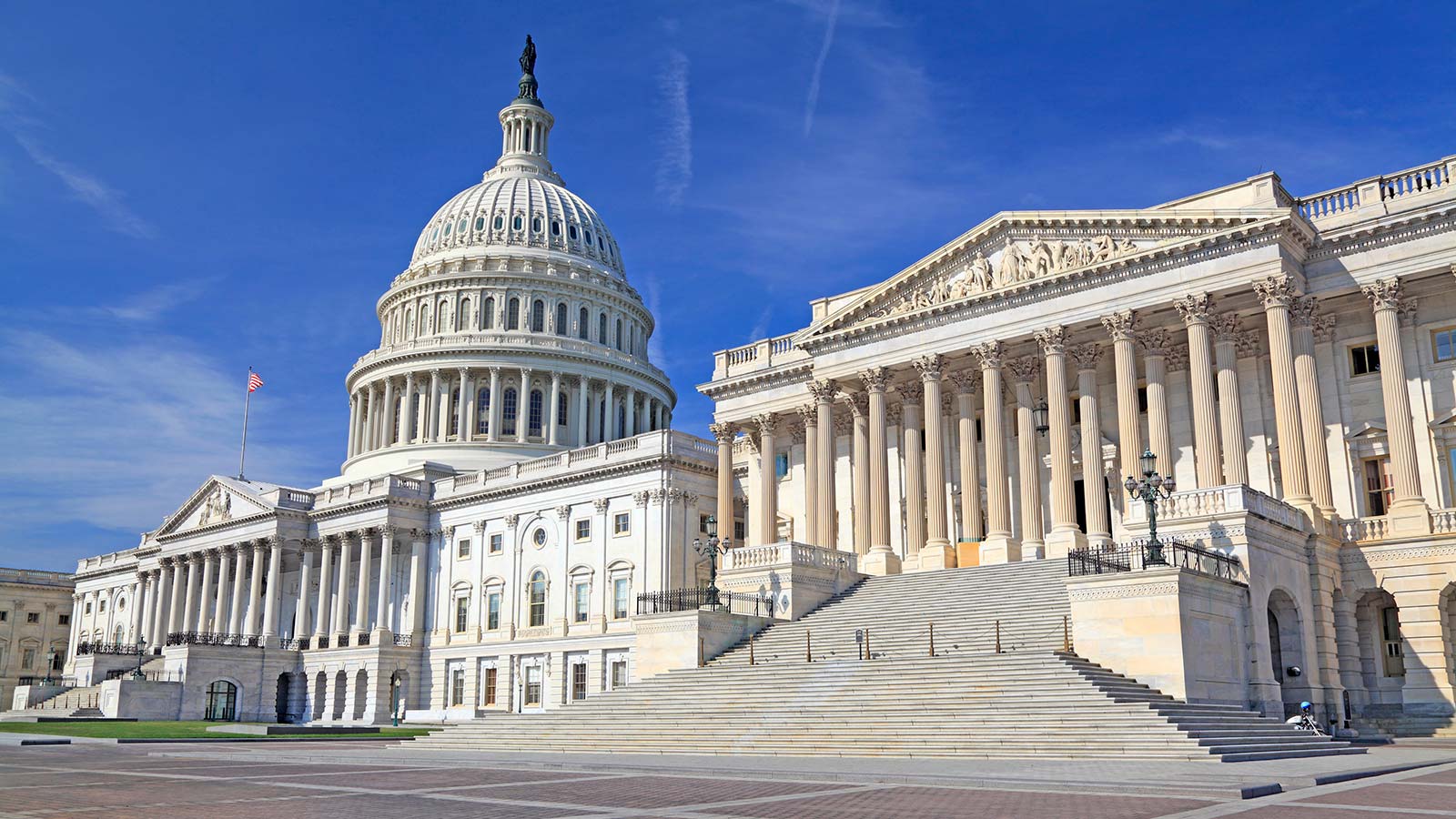R&E Tax Relief: How the One Big Beautiful Bill Act Impacts Section 174A
Never miss a thing.
Sign up to receive our Tax News Brief newsletter.

The One Big Beautiful Bill Act (OBBBA) of 2025, signed into law on July 4, repealed the 2017 Tax Cuts and Jobs Act capitalization and amortization requirement for domestic research and experimental (R&E) expenditures. Not only did the OBBBA repeal the prior law returning to immediate expensing of domestic R&E beginning in 2025, but it also provides eligible small businesses the option to amend prior year returns to reverse the impact of domestic R&E capitalization potentially unlocking cash flow. From retroactive elections to immediate expensing and amortization options, these changes are designed to ease the burden businesses have faced under prior capitalization rules.
As businesses evaluate their next steps, this long-awaited legislation returns immediate expensing of domestic R&E expenditures, paving the way for innovation and more flexible and favorable options in the years ahead.
Key Points of the New Legislation:
- Effective dates: OBBBA’s effective date of Internal Revenue Code (IRC) Section 174A is for taxable years beginning after December 31, 2024.
- Options for taxpayers: Taxpayers may deduct domestic R&E expenditures immediately. Alternatively, taxpayers may elect to amortize domestic R&E expenditures over no less than 60 months, beginning with the midpoint of the tax year. Software development costs are explicitly treated as R&E expenditures under Section 174A.
- Retroactive relief for eligible small businesses: The biggest difference from the proposed changes in the original draft of the bill is the inclusion of a retroactive fix for Section 174 expenditures that previously required capitalization for tax years 2022-2024. This retroactive application for eligible small businesses allows taxpayers to elect expensing domestic R&E expenditures incurred in tax years beginning after December 31, 2021, by filing amending returns for 2022-2024.
- Eligibility requirements for small businesses: An eligible taxpayer that qualifies to elect to amend tax years 2022-2024 is any taxpayer that meets the gross receipts test of Section 448(c) for the first taxable year beginning after December 31, 2024. A corporation or partnership meets the gross receipts test for a taxable year if its average annual gross receipts for the three preceding taxable year periods do not exceed a certain threshold. For tax years beginning after December 31, 2024, the threshold is $31 million. Tax shelters prohibited from using the cash receipts and disbursements method of accounting under Section 448(a)(3) are excluded from eligibility.
- Retroactive relief for all businesses: For tax years beginning after December 31, 2024, all businesses can elect to expense the remaining balance of unamortized Section 174 assets from 2022-2024 in their entirety in 2025 or ratably over two years.
- Retroactive relief timing: This election must be made within one year of the enactment of the law and requires filing amended returns for each affected taxable year. Eligible taxpayers making the retroactive election can also elect or revoke the application of Section 280C(c)(2) regarding the research credit for any taxable year beginning after December 31, 2021, through December 31, 2024.
- Disposition rules: Effective for tax years beginning after December 31, 2024, IRC Section 174A allows taxpayers to recover domestic capitalized R&E expenditures upon disposition, retirement or abandonment after May 12, 2025.
- Foreign R&E expenditures: These remain subject to IRC Section 174(d), thereby requiring capitalization and amortization over 15 years, with no recovery upon disposition, retirement or abandonment.
- Credit addback reinstated: Section 280C(c) is amended to require the addback of the credit amount to expenditures classified as Section 174A(b) unless the reduced credit is elected on a timely filed return.
- Change in accounting method: Expensing R&E expenditures are treated as a change in accounting method, initiated by the taxpayer, with consent from the Secretary of the Treasury, applied on a cut-off basis with no adjustment under Section 481(a).
Benefits for Taxpayers:
The new law provides significant benefits and flexibility for businesses engaged in R&E activities. The ability to immediately expense domestic R&E expenditures or elect to amortize them over a period of no less than 60 months offers taxpayers options tailored to their financial strategies. The inclusion of retroactive relief for eligible small businesses and the option for all businesses to expense the remaining balance of capitalized Section 174 assets between 2022-2024 provides much needed financial relief and enhances cash flow.
It is crucial for taxpayers to act promptly, as the retroactive election must be made within one year of the enactment of the law.
There are several factors to consider when determining the optimal approach for taxpayers to maximize the benefits of this retroactive adjustment. Weaver’s tax credit and property incentives team is well equipped to guide you through these intricacies, including:
- Partnership amendment rules under Bipartisan Budget Act (BBA) centralized partnership audit regime
- Corporate minimum tax
- An 80% limitation on net operating losses (NOL) for each taxable year
- Nonrefundable credits that have limitation based on taxable income in amended years
- Eligibility for amendment determination
- And much more
Weaver helps you stay informed and plan your R&E expenditures wisely. Our tax credits and property incentives team can guide you in understanding the benefits of the new IRC Section 174A and how it can impact your business. Contact us. We’re here to help you navigate these changes and optimize your tax strategy.
Learn more about the proposed changes prior to OBBBA’s passing here.
©2025
